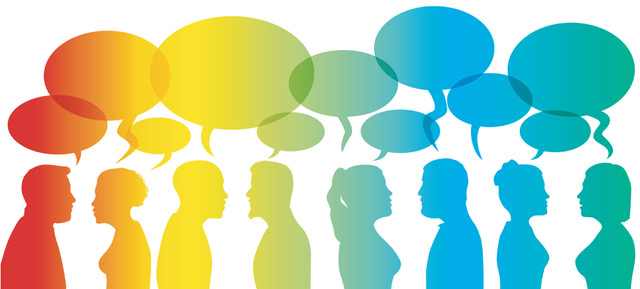By Nicklas Balboa and Richard D. Glaser Ph.D.
Neural synchrony is a potential metric for team communication.
Coaches, managers, and leaders across industries – sports, education, music, and business – are wondering how they can improve their team’s ability to work together. One method for success and delivering results is getting into “the zone,” or a state of flow that enables people to get on the same page, and rapidly share and integrate information across their team.
Flow States and Neural Synchrony
Neuropsychological flow is characterized by a state of improved focus, reaction time, and automaticity, and is sometimes accompanied by the dilation or slowing of time, an effect known as tachypsychia. While the neurochemical correlates of individual flow states – norepinephrine, dopamine, serotonin, endorphins – are well documented, the neural correlates of group flow behavior, or neural synchrony, are now under study.
A recent neuroscience study published in eNeuro found group flow states have unique neural signatures that have the potential to help managers better understand and improve team performance. Researchers used a musical rhythm game called O2Jam U and tested group flow with EEG and MRI imaging techniques. It’s a game of rhythm and timing; the players press several buttons at the same time as a musical note scrolls on the screen. To create teams, the participants split up each button and worked together to obtain the best score. They found that teams in flow states showed increased beta-gamma power in an information integration hub – the middle temporal cortex – as well as higher neural synchrony, or coupling between brains. This synchrony principle demonstrates that when people connect at a deep level with others, brain patterns mimic each other’s.
Neural synchrony is emerging as a reliable metric for successful communication in groups and teams. Professor Joy Hirsch, Neuroscience Director of the Brain Function Laboratory at the Yale School of Medicine, and her lab have consistently demonstrated that synchrony between two brains in real-time, interactive environments measures the quality of social understanding. Similar effects have been found in an educational setting as well. Neural alignment, or the degree that an individual learner’s neural activity matches those of other students and teachers, has been shown to predict learning outcomes.
All in all, these researchers believe that measures of team flow and neural synchrony are targets for optimizing human collaboration.
Team Synchrony
Flow states can be experienced by individuals as well as groups. However, as the researchers pointed out, team flow enables a positive mental state that is superior to individual flow and everyday social interactions. In other words, there is no better feeling than working well with others when everyone is in “the zone.”
Simply putting a group of people together to work on a task does not guarantee a group flow state. A team must have a common purpose, complementary skills, performance goals, commitment, and mutual accountability. In order to establish synchrony between team members, there also needs to be a layer of established mutual trust. When it comes to peak performance, team members at times need to be able to trust that others will be where they need to be and do what they need to do in order to deliver the best results.
This trust is achieved through high level conversations and practice: what Conversational Intelligence calls Level III, or transformational conversations. These conversations create a ‘sharing and discovering’ dynamic that builds partnerships and trust founded in energy and enthusiasm. This Conversational Intelligence, our human abilities to connect in healthy ways through language, builds and boosts trust to achieve mutual success. It's the intelligence that gets better as we do it together.
Trust and Performance
Seven-time NFL Superbowl champion quarterback, Tom Brady and four-time NFL Superbowl champion tight end, Rob Gronkowski are perhaps the most dynamic and winningest duo in modern sports. Whether they are on the Patriots or the Buccaneers, they flow and perform at the highest level. Why? Trust. Tom Brady doesn’t need to worry about where Rob Gronkowski is going to be on the football field; he trusts that Gronkowski will be there when the ball is thrown. If Brady had to spend his time worrying about Gronkowski’s routes, he might end up with his butt on the turf. Instead, the two flow together and play on the same wavelength, often scrambling to create offense in new and creative ways when things don’t go as planned.
This is a winning formula. How did they get to that level? Trust. Through practice, discussion of plays, a strong relationship, a shared understanding of success -- and Level III conversations followed by practice. In fact, Gronkowski trusted Brady so much that he came out of retirement to join him in Tampa Bay after a series of those conversations.
They really are innovating as leaders in their craft.
The Bottom Line
People want to be connected to each other and be part of a winning team. They also want to feel like they contribute to the success of the winning team. The push and pull between these two drives can limit innovation and performance because they can lead us to think that pursuing the “correct” answers, or the ones that we get right, are the keys to victory. We often get stuck in low-trust Level I and II conversations where the focus is on defending our position, instead of co-creating in Level III to drive success. In short, you cannot achieve innovation without Level III conversations built on trust. By increasing a team’s abilities to connect, navigate, grow, and synchronize with others, you can optimize performance to reach peak levels.









